Did you know electric vehicles over their lifetime emit over 60% less than gas-powered cars? This fact highlights the need for accurate environmental impact evaluations. When it comes to sustainability analysis, there’s a big debate between دورة الحياة التقييم (تحليل دورة الحياة) and Product Carbon Footprint (PCF). Each method has its own pros and cons that businesses must look at.
LCA examines a product’s journey from start to end. It is often required by various regulations and standards worldwide. This method looks at several impacts, like ozone harm, water use, and pollution of water bodies. It ensures a product’s environmental impact is fully understood.
On the other hand, PCF measures greenhouse gases throughout a product’s life, turning them into CO2 equivalents. This specific focus means it can be done faster, using less effort and knowledge. This makes it a go-to for companies focusing on cutting carbon emissions.
Choosing between LCA and PCF depends on what resources you have, the norms in your industry, and your goals for sustainability.
Both methods are crucial in helping companies share how green their products are. Knowing the differences and uses of LCA and PCF helps businesses make choices that match their green goals.
النقاط الرئيسية
- تقييم دورة الحياة (LCA) covers the entire life cycle of a product from cradle to grave, offering a comprehensive evaluation of environmental impacts.
- Product Carbon Footprint (PCF) focuses solely on greenhouse gas emissions, converting them into CO2 equivalents for comparison.
- LCA is often encouraged or required by various regulations, standards, and frameworks, addressing broader environmental issues beyond carbon emissions.
- PCF can be completed more quickly and with fewer resources, making it ideal for businesses focusing on carbon emission reduction.
Understanding Life Cycle Assessment (LCA)
What is Life Cycle Assessment?
A تقييم دورة الحياة looks closely at how products affect nature. It examines emissions, how much resources they use, and the waste they produce. Following global standards, like ISO 14040 and ايزو 14044, it provides reliable results. LCAs make businesses aware of their impact, guiding them to reduce harm.
The Methodology of LCA
ال LCA methodology goes through four steps: setting goals, gathering data, assessing impacts, and making plans to improve. First, it defines the study’s aim and scope. Then, it collects data to understand what goes in and out of a product’s lifecycle. The next step looks at the environmental effects, such as global warming.
Finally, the findings suggest how to lessen negative impacts. Tools make LCA easier by estimating carbon impacts with a single Global Warming Potential figure.
تقييم الكربون الطرفي المنخفض مقابل تقييم الأداء الوظيفي الشخصي
LCA (Life Cycle Assessment) and PCF (Product Carbon Footprint) have different scopes and standards. They play unique roles in environmental reporting. The main difference is what they cover and the rules they follow.
Scope Comparison
LCA looks at many environmental and health impacts across a product’s life. It considers factors like تغير المناخ, water use, and more. LCA aims to address multiple business and sustainability goals.
PCF measures the climate impact by counting greenhouse gases during a product’s life. It focuses just on global warming potential. PCF is a faster tool for companies to meet urgent climate goals.
Both use similar life cycle stages for evaluation but differ in detail and focus. PCF can be seen as a part of LCA focusing on greenhouse gases.
Application and Regulatory Requirements
LCA and PCF follow different regulatory standards like ISO 14040/44 and ISO 14067. LCA is often required by stricter global standards. It helps in making strategic decisions on various environmental issues.
PCF is used for meeting carbon targets within simpler rules. It’s often summarized in factsheets or reports. Both methods rely on high-quality data for accuracy.
| وجه | تحليل دورة الحياة | PCF |
|---|---|---|
| Scope | Broad (multiple environmental impacts) | Narrow (greenhouse gas emissions) |
| Focus Areas | Climate change, ozone depletion, water use, acidification, etc. | Climate impact (GHG emissions) |
| المنهجية | Comprehensive analysis across life cycle stages | Specific analysis on GHG emissions |
| Regulatory Standards | ISO 14040/44, ISO 14067, PAS 2050 | ISO 14067, GHG Product Life Cycle Standard |
| التطبيق | Strategic decisions on multiple environmental issues | Carbon-related targets and reporting |
Applying PCF in Sustainability Metrics
Corporate sustainability is evolving fast. The Product Carbon Footprint (PCF) calculation is a notable tool in this area. It measures the greenhouse gas (GHG) emissions of a product over its entire life. This is different from broader methods like the Life Cycle Assessment (LCA), which looks at various environmental impacts.
The PCF method gives quick insight into the carbon footprint of a product. Unlike LCA, PCF focuses just on carbon emissions.
PCF calculations follow strict standards such as ISO 14067, GHG Protocol, and PAS 2050. These standards provide a reliable way to analyze a product’s carbon footprint. They cover everything from setting goals to reporting findings. The full process includes all phases from material gathering to the product’s end of life.
External Links on Product Carbon Footprint
المعايير الدولية
- ISO 14067:2018 Product carbon footprint – Requirements and guidelines for quantification and communication
- PAS 2050:2011 Specification for the assessment of the life cycle greenhouse gas emissions of goods and services
- ISO 14040:2006 Environmental management – Life cycle assessment – Principles and framework
(حرك الرابط لرؤية وصفنا للمحتوى)
مسرد المصطلحات المستخدمة
International Organization for Standardization (ISO): هيئة دولية غير حكومية تُعنى بتطوير ونشر المعايير لضمان الجودة والسلامة والكفاءة والتوافق التشغيلي في مختلف الصناعات والقطاعات، مما يُسهّل التجارة والتعاون العالميين. تأسست عام ١٩٤٧، وتضم منظمات التقييس الوطنية من الدول الأعضاء.
Life Cycle Assessment (LCA): تحليل منهجي للتأثيرات البيئية المرتبطة بجميع مراحل حياة المنتج، من استخراج المواد الخام إلى الإنتاج والاستخدام والتخلص منها، بهدف تحديد فرص التحسين وإبلاغ عملية صنع القرار.
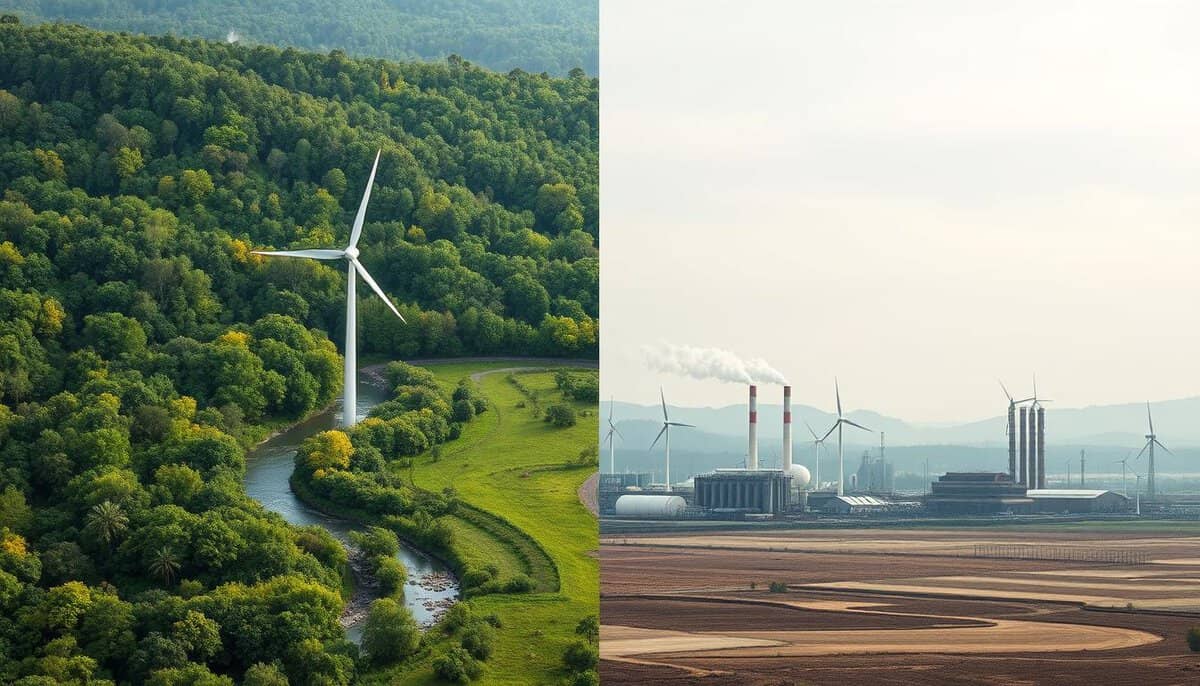


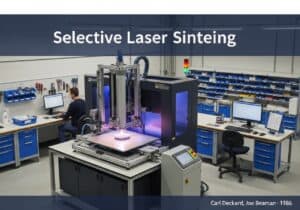



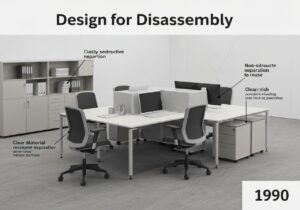




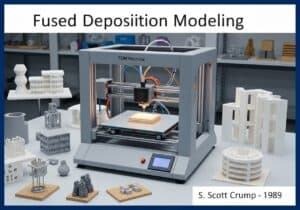



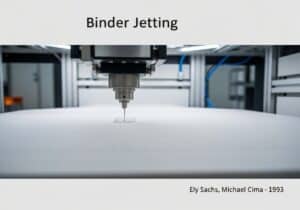






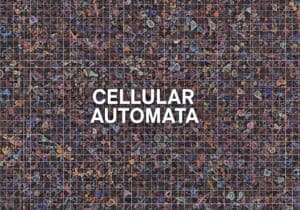

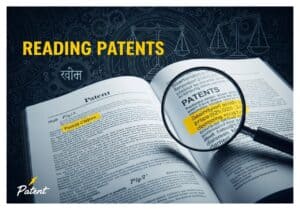







Interesting read, but arent the costs involved in conducting LCA and PCF often prohibitive for small businesses? Thoughts?
Costs may be upfront, but sustainable practices often lead to long-term savings. Investment, not expense!
Interesting read, but dont you think LCAs holistic view is more practical than PCFs focus on just carbon footprint?
التعليقات مغلقة